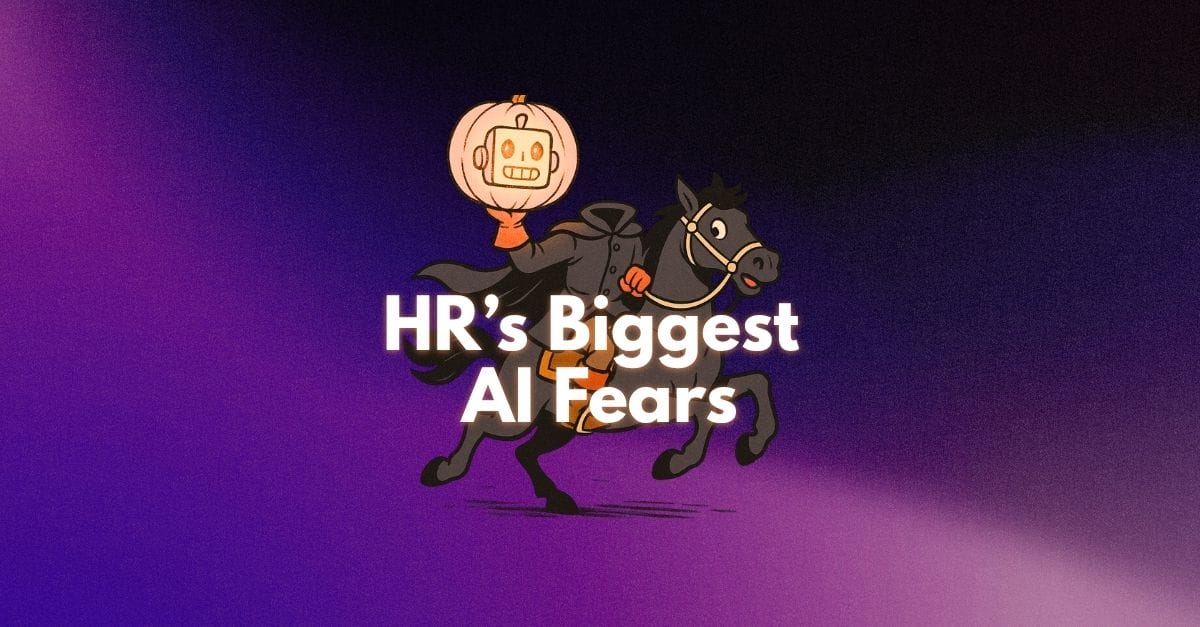Feedback is a little like management oxygen – we tend not to think much about it and take it for granted but when it’s absent we quickly encounter problems.
We know feedback is an important element of management, and I’ve written about it on occasion, but I can’t say I’d seen a lot of insightful study of it. Which is why I was interested to see data on the subject in a recent study from The Predictive Index.
In the study, managers were rated according to “how much feedback” they gave to employees. Managers were divided into five categories.
For those rated highest, employees said, “I get just the right amount of feedback.”
A bit below that were managers about whom employees said, “I get a little more feedback than I’d like” and “I get some feedback, but not as much as I’d like.”
The lowest-rated managers were those about whom employees said, “I get way too much feedback” and (lowest of all) “I don’t get any feedback.”
Finding the right balance
I found it interesting to examine the volume of feedback in this manner. As I often say about people-management, much effective management is simply common sense… but just because something is common sense doesn’t mean it’s commonly practiced.
Intuitively, it seems these feedback study results make complete sense. We all want feedback, but there’s also an optimal level.
If you give too much, you’re probably micromanaging… and nobody wants to be micromanaged.
Join 10,000 companies solving the most complex people problems with PI.
At the other end of the spectrum, if you don’t give enough feedback you’re probably “under-managing,” and most employees don’t feel comfortable in that situation either.
Somewhere in the middle is a “feedback sweet spot” where employees feel they’re getting adequate guidance and direction without being smothered by it.
All of this seems reasonable to me. Much successful management involves finding balance – the right balance between coming on too strong and not strongly enough. Providing feedback is one aspect of this.
Common mistakes
Around the same time I was reviewing this study I happened to read an interview in Forbes with Kim Scott, author of the bestseller Radical Candor and an expert on feedback.
What are the biggest mistakes people make in giving feedback? Scott was asked in the interview. Her answer offers a worthwhile perspective that is generally consistent with The Predictive Index study results.
“The most common mistake is not to give it at all,” Scott noted. “People are reluctant to give voice to what they appreciate about one another, often for fear of sounding corny or stupid. People are reluctant to point out a mistake another person is making, often for fear of being ‘mean.’ So they say nothing, and miss important opportunities to communicate and build relationships.”
“The second most common mistake that people make is usually a result of the first. They don’t offer critical feedback for fear of being mean, and an issue builds and builds, and anger builds along with it. Finally, when the anger reaches a certain peak, it explodes and the feedback is harsher than it needs to be.”
For the best managers, giving thoughtful, regular feedback is a natural part of the everyday management process.
Anything like this study that adds rigor to the understanding of effective feedback is in my mind a positive contribution.
Victor Lipman is a management coach and author of The Type B Manager. He has more than 20 years of Fortune 500 experience, roughly half in front-line management and half in executive roles. He contributes regularly to Forbes and Psychology Today, and his work has appeared in Harvard Business Review.










